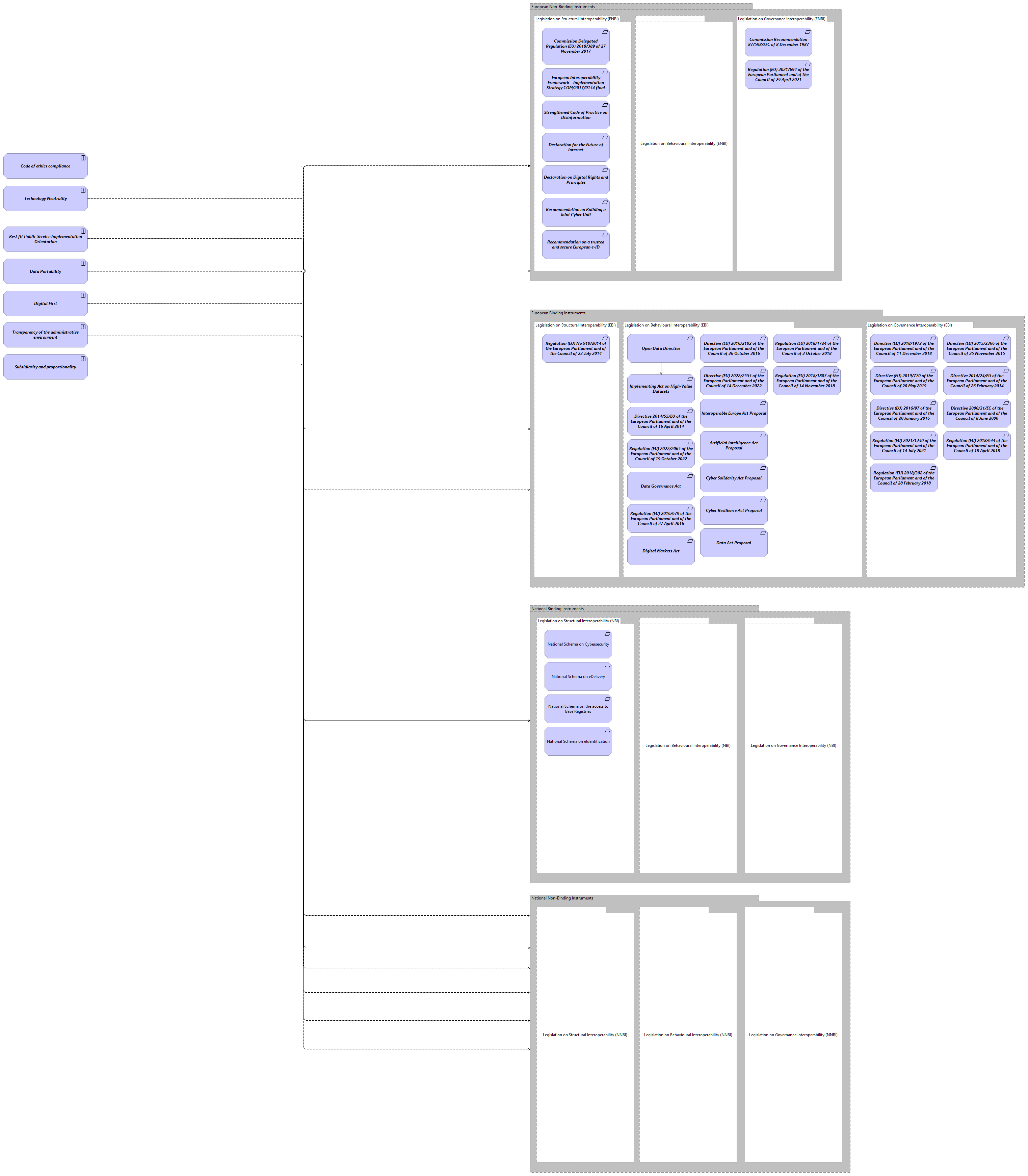
Architecture principles play a vital role in shaping the overall implementation of solutions. These principles provide guidelines and best practices that inform the design decisions made by solutions architects. By considering the legal view alongside architecture principles, solutions architects can ensure that legal requirements are seamlessly integrated into the design and implementation process.
When architecture principles and the legal view are aligned, several benefits arise. First, it enables solutions architects to proactively address legal compliance from the early stages of the project. By incorporating legal requirements into the architectural design, potential legal issues and risks can be identified and mitigated upfront. This proactive approach reduces the likelihood of costly redesigns or legal challenges later in the implementation process.
Second, aligning the legal view with architecture principles helps maintain consistency and coherence in the overall solution. Legal acts often establish specific standards and regulations that must be followed. By integrating these legal requirements into the architectural design, solutions architects ensure that the solution remains aligned with legal obligations throughout its lifecycle. This adherence to legal standards enhances the trust and confidence of stakeholders, including clients, regulators, and end-users.
Furthermore, aligning the legal view with architecture principles promotes transparency and accountability. Legal acts often emphasize data privacy, security, and ethical considerations. By incorporating these aspects into the architecture principles, solutions architects can demonstrate their commitment to protecting sensitive data, ensuring the security of the solution, and upholding ethical practices. This proactive approach enhances the reputation of the solution and the organization behind it.